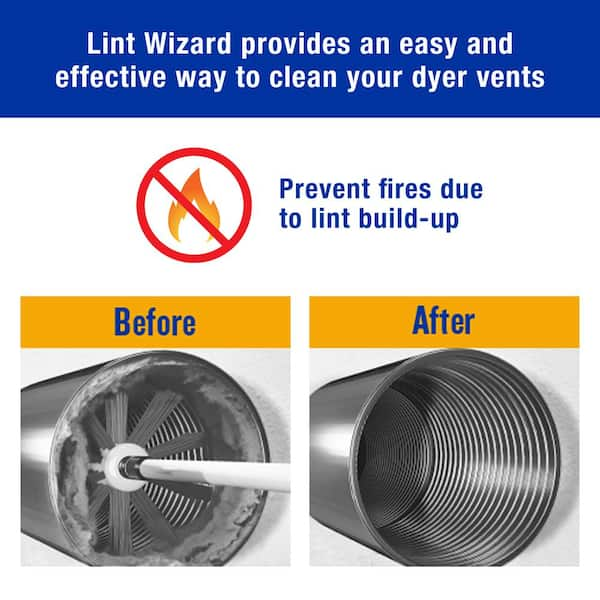
How to Properly Use Wood Filler for Effective Repairs in 2025
Wood filler is an essential tool for anyone engaged in woodworking, whether you're a DIY enthusiast or a seasoned professional. It is designed to repair and rejuvenate wooden surfaces, providing an aesthetically pleasing finish while enhancing durability. This article focuses on when and how to use wood filler, exploring various applications and offering best practices to ensure effective repairs. Understanding wood filler is critical, especially for filling holes, cracks, and imperfections in furniture, trim, and decking. With the right techniques, using wood filler can not only save you time and money but also lead to remarkable results. We’ll cover everything from selecting the best wood filler products to specific application tips, ensuring you have the knowledge required for successful repairs. Let’s dive into this comprehensive guide for effective wood filler usage!

Essential Guide to Selecting the Right Wood Filler
Choosing the right wood filler is fundamental for achieving seamless repairs. The market offers a variety of products tailored to different applications. Here, we’ll explore various types and their ideal use cases for effective outcomes.
Understanding Different Types of Wood Fillers
Wood fillers usually come in three main types: water-based, solvent-based, and epoxy fillers. Each type has its advantages and is suitable for different applications. Water-based fillers are easy to work with, dry quickly, and can be sanded to a smooth finish. They are excellent for indoor use and for filling small gaps in wood. Solvent-based fillers are more durable and ideal for outdoor applications, as they resist moisture. However, they have a longer drying time. On the other hand, epoxy fillers are used for heavy-duty repairs and can fill large voids in wooden structures; they cure to a very hard finish, making them perfect for structural repairs.
Choosing the Right Color Wood Filler
When selecting a wood filler, color matching is essential, especially if the repair will be visible. Wood fillers come in various premixed colors or as neutral paste that can be stained afterward. For effective repairs, always choose a filler that closely matches the wood’s natural color. If you're uncertain, a clear wood filler can be painted over after drying.
Eco-Friendly Wood Fillers
If sustainability is a concern, consider eco-friendly wood fillers, which are made from natural ingredients and emit fewer volatile organic compounds (VOCs). These products pose minimal health risks and are safe for indoor use. Keep an eye out for certifications indicating environmentally responsible manufacturing.
Preparing for Wood Filler Application
Before you apply wood filler, preparation is key to achieving a smooth and lasting finish. Proper surface preparation ensures the filler adheres correctly and lasts longer. Let’s break down the essential preparation steps.
Cleaning the Surface
Start by cleaning the area where the wood filler will be applied. Remove any dust, debris, or old paint using sandpaper or a putty knife. For larger holes or cracks, ensure that the edges are clean and well-defined, allowing the filler to bond effectively. Wipe the surface with a damp cloth to remove dust and let it dry completely before proceeding.
Assessing the Damage
Take a close look at the area that needs filling. Determine whether the damage requires a simple filler application or if it needs more extensive repairs. For large gaps, you might need to use a backing material like wood blocks to provide support before applying filler. Identify the type and extent of the damage to choose the appropriate wood filler.
Using a Putty Knife with Wood Filler
The application method significantly impacts the repair's success. Use a putty knife to apply wood filler to the damaged area. Ensure you’re working with a clean knife to avoid contamination. Apply the filler generously, working it into the hole or crack, and smooth it over the surface with the knife. For better adhesion, consider applying the filler in thin layers if the gap is deep.
Applying Wood Filler Techniques for Best Results
Effective application techniques are vital when using wood filler. The right methods ensure a smooth finish and help create durable repairs. Here are some techniques to utilize.
Filling Holes and Cracks with Wood Filler
For small holes like nail holes or minor cracks, generously apply wood filler with a putty knife, pressing it firmly into the hole. Overfill slightly to allow for shrinkage, as wood filler tends to change as it dries. For deeper and larger holes, multiple applications may be necessary. Allow the first layer to dry completely before reapplying. Depending on the brand, check the wood filler drying time for optimal results.
Sanding Wood Filler for a Smooth Finish
Once the wood filler has dried, you'll want to sand it down to achieve a level surface that blends with the surrounding wood. Begin with a coarse grit sandpaper and transition to finer grades for a smooth finish. Always sand in the direction of the wood grain to avoid scratching the surface. Checking for gaps after sanding can guide your next steps in filling and finishing.
Painting Over Wood Filler
After sanding, you can paint over the wood filler to match your project’s desired finish. Ensure the filler has dried completely and has been sanded to a smooth surface. Priming the filled area before painting will lead to better paint adhesion and an even finish. Use a paint suitable for your specific surface type, whether it’s interior, exterior, or furniture.

Common Wood Filler Mistakes to Avoid
Even seasoned professionals can make mistakes with wood filler. Being aware of these common pitfalls can save time and improve the quality of your repairs. Here are some mistakes to watch out for.
Overlooking Wood Surface Preparation
One of the most frequent mistakes is not preparing the surface adequately before applying wood filler. If the wood is not cleaned and properly prepped, the filler may not adhere well, leading to chipping or peeling. Ensure that you follow the cleaning and preparation steps discussed earlier to avoid future issues.
Applying Too Much or Too Little Filler
Using too much filler can create a bulging effect, while using too little may not adequately fill the gap. Always overshoot slightly and sand down to blend seamlessly with the surface once dried. Consider the shrinkage factor during drying when applying wood filler.
Ignoring Drying Times
Patience is key when it comes to wood filler. Rushing the drying time and painting or sanding before it's fully cured might ruin the repair. Always follow the manufacturer's guidelines for the wood filler application tips to ensure optimal results.
Advanced Wood Filler Techniques for Structural Repairs
For extensive or structural wood repairs, advanced techniques can make a significant difference in durability and appearance. This section will delve into methods for using wood filler in more complex scenarios.
Using Wood Filler for Large Gaps and Cracks
For large gaps, consider using a combination of epoxy filler and wood filler. First, use epoxy to fill structural gaps, as it will bond the wood together, then apply wood filler to achieve a smooth finish. This combination not only strengthens the repair but also enhances the visual appeal.
Wood Filler and Stain Compatibility
When restoring wooden furniture, matching the stain with the wood filler can be tricky. Test the filler with the stain before full application. Some fillers take stain differently, and using the wrong filler can lead to mismatched colors.
Using Wood Filler Outdoors
When working on outdoor projects, select a wood filler specifically designed for exterior use. These fillers are often waterproof and more resistant to the elements. Ensure that the surface is free from moisture before application, as wet wood can prevent proper bonding.
Frequently Asked Questions About Wood Filler
What is the best wood filler for furniture repairs?
The best wood filler depends on the specific repair needed. For general furniture repairs, a versatile, water-based wood filler can work well. For outdoor furniture or areas exposed to moisture, select a solvent-based or epoxy wood filler that offers additional durability. Research and read reviews to find products that suit your needs best.
How long does wood filler take to dry?
Drying times vary depending on the product. Most wood fillers dry within 30 minutes to an hour, but some epoxies can take longer. Always check the manufacturer's instructions for specific drying times.
Can I use wood filler for large gaps?
Yes, wood filler can be used for larger gaps, but you should use thicker fillers, such as epoxy, for structural integrity. Layering the application can help achieve a full and even repair.
Conclusion
Utilizing wood filler effectively can transform damaged wood into beautiful, smooth surfaces suitable for any project. By understanding the types of wood fillers available, adhering to proper preparation and application techniques, and avoiding common mistakes, you can ensure high-quality repairs. Whether you're filling small nail holes or tackling large gaps, the right approach will yield impressive results. With this guide, you are well-equipped to master the art of using wood fillers for all your woodworking and repair needs.